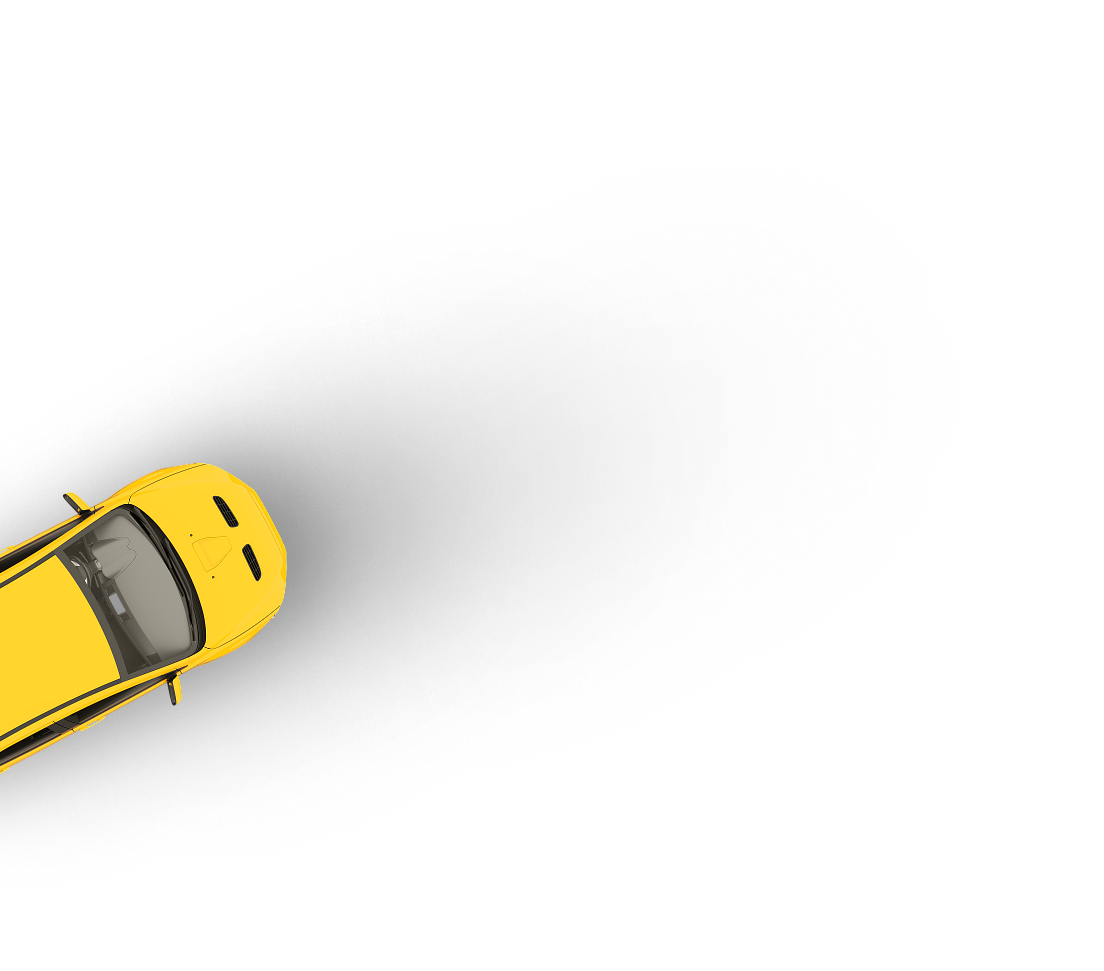Trade to trade car marketplace
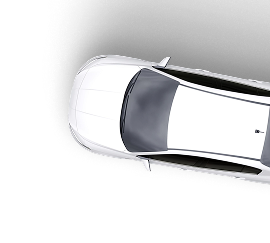
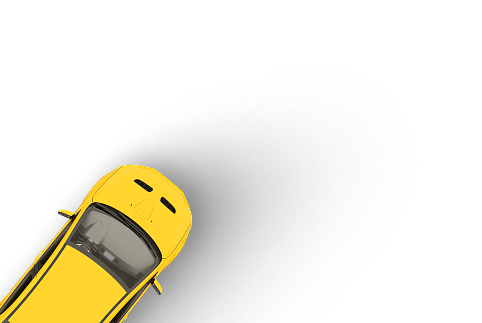
Trade-only marketplace
Flexible selling options
Maximise your profits
Buying a used car? Don’t get burned. Scammers are getting smarter and UK drivers are losing millions. This guide breaks down the most common car buying scams, how to spot them, and what to do if something feels off.
Last updated: 4th August, 2025

Listen to this story
Buying a car is a big moment, whether it's your first motor or you're upgrading to something newer. But it’s also a prime opportunity for scammers to take advantage of unsuspecting buyers.
From fake listings to dodgy paperwork, car scams in the UK are more common than most people think. And once you’ve handed over the money, it’s too late to fix the damage in many cases.
This guide breaks down the most common car buying scams, how to spot them, and what to do to avoid them.
The UK’s used car market is booming. According to new data from AutoTrader, the average retail price of a used car hit £16,984 in April 2025, up 1.5% from the month before. That’s the sharpest monthly rise since April 2023. On top of that, cars sold in an average of just 27 days, marking the fastest April on record.
In 2024, the UK used car market pulled in an estimated £64 billion in revenue. And it's not slowing down; forecasts expect it to grow to nearly £86 billion by 2030 with a compound annual growth rate of about 5%.
Where there’s money and demand, scammers follow. In Q3 of 2024, reports of fraud and scam complaints to the UK ombudsman rose by 45% to 9,091 cases.
The rising cost of living has pushed more drivers to the second-hand market. People want value, and they want it fast. But that environment also creates the perfect storm for fraud: high-value transactions, a rush to buy, and online listings that are easy to fake.
Scam listings pop up on even the most reputable platforms. And with so many private sellers and fast-moving deals, it’s getting harder to tell the difference between a legit bargain and a costly trap.
Not every seller is out to rip you off, but the ones who tend to use the same tricks again and again. Whether you're buying from a private seller or a dealership, online or in person, the red flags often look familiar once you know what to watch for.
Here are ten of the most common scams you’ll run into when buying a car in the UK:
According to TSB, UK households lost an estimated £60 million on the platform last year, with buyers losing about £160,000 per day. Car scams make up a decent chunk of that total.
Here’s how it usually works:
A scammer posts a listing for a car that’s priced just low enough to seem like a great deal, but still believable. The photos might be stolen from a real ad and the description looks legit.

Once you message them, they act fast. They’ll often say they’ve had “lots of interest” and pressure you to send a deposit to hold the car. They might say they’re “away with work” or “selling on behalf of a relative” to avoid meeting in person. But once the money’s sent, the listing vanishes along with the scammer.
Award-winning CEO driving growth and social impact across automotive, recycling, and technology-led enterprise platforms.
We’ve seen a sharp rise in car buying scams over the past few years, and platforms like Facebook Marketplace are the main contributors. Prices are up, demand is strong and digital platforms like these make it easier than ever for fraudsters to create convincing listings with little to no effort. When people are desperate to find a good deal, they’re more likely to cut corners. That’s exactly what scammers rely on.
Sometimes, scammers spoof popular UK listing sites using a similar-sounding site name or a typo (e.g. autotradr.co.uk instead of autotrader.co.uk), like this fake auction site (Silantlea Limited) duping the real company by that name.

The goal? Make you think you’re browsing a real classified ad when you’re actually on a fake site they control.
Once you're on the fake page, everything looks normal: a clean layout, a tempting car listing, maybe even a well-written seller description. But the contact forms, payment links, and emails all route through the scammer.
Some even create fake “vehicle holding” pages where they claim your payment is being securely held until the car is delivered. Spoiler: the car doesn’t exist.
Before going through with a transaction, make double sure you’re on the real site.
Scammers posing as sellers will direct you to a fake eBay Motors listing or email, claiming that the transaction will be protected by eBay’s “escrow service”. They’ll say your money will be safely held by eBay until you’ve received and inspected the car.
But here’s the catch: eBay doesn’t offer vehicle escrow, storage or delivery services. If the car isn’t listed directly on eBay and you’re not paying through eBay’s official checkout system or Escrow.com funnel, the transaction has nothing to do with them.
In most cases, the scammer will claim the car is already in transit and just needs your payment to “release” it. Once you send the money, the seller disappears.
You can learn more about eBay car buying scams here.
If a seller asks you to pay using PayPal’s “Friends & Family” option, walk away. This payment method is designed for sending money to people you trust. There’s no buyer protection, no dispute process and no way to get your money back if something goes wrong.

Scammers know this. That’s exactly why they insist on it. They might say it avoids fees or that it’s “quicker and easier”. But in reality, it just locks you out of PayPal’s refund system and leaves you with zero recourse if the car turns out to be dodgy (or doesn’t exist at all).
If you’re paying through PayPal, make sure to only use “Goods & Services” for purchases. You’ll get buyer protection that way.
Bank transfers are fast, convenient and completely irreversible once the money leaves your account.
Fraudsters pose as private sellers or even impersonate legitimate dealers. Some go as far as spoofing caller ID to make it look like they’re calling from a real dealership or finance company. Others send fake documents, cloned websites or use professional-sounding language to gain your trust.
Once you're convinced, they push for a wire transfer to “lock in the sale” or “secure delivery”. But after you send the money, the trail goes cold and the car never shows up.
In a less sophisticated version of this car buying scam, a sketchy seller might simply pressure you to pay by bank transfer before you’ve seen the car in person. They’ll claim they’re in a hurry, travelling or selling for a family member.


Here’s a classic scam with a modern twist: the promise of vehicle delivery. A scammer lists a car online at an eye-catching price, then asks you to continue the conversation by email. They’ll claim the car is in another part of the UK (or abroad) and offer to ship it to your door so you can “inspect it before finalising the sale”.
To build credibility, they might say the delivery is being handled by a known company like eBay, Amazon or a “vehicle transport partner”. Some will even send convincing fake invoices or tracking details.
Then comes the catch: before the car can be dispatched, you’re asked to cover “logistics fees”, “insurance” or even a percentage of the sale price via gift cards, cryptocurrency or a bank transfer.
Remember that no legitimate car sale involves gift cards, crypto or “prepaid delivery” from an unknown seller.
Clocking is the illegal practice of reducing a car’s recorded mileage to make it look less used and therefore more valuable. It’s one of the oldest scams in the book, and despite modern digital odometers, it’s still happening.
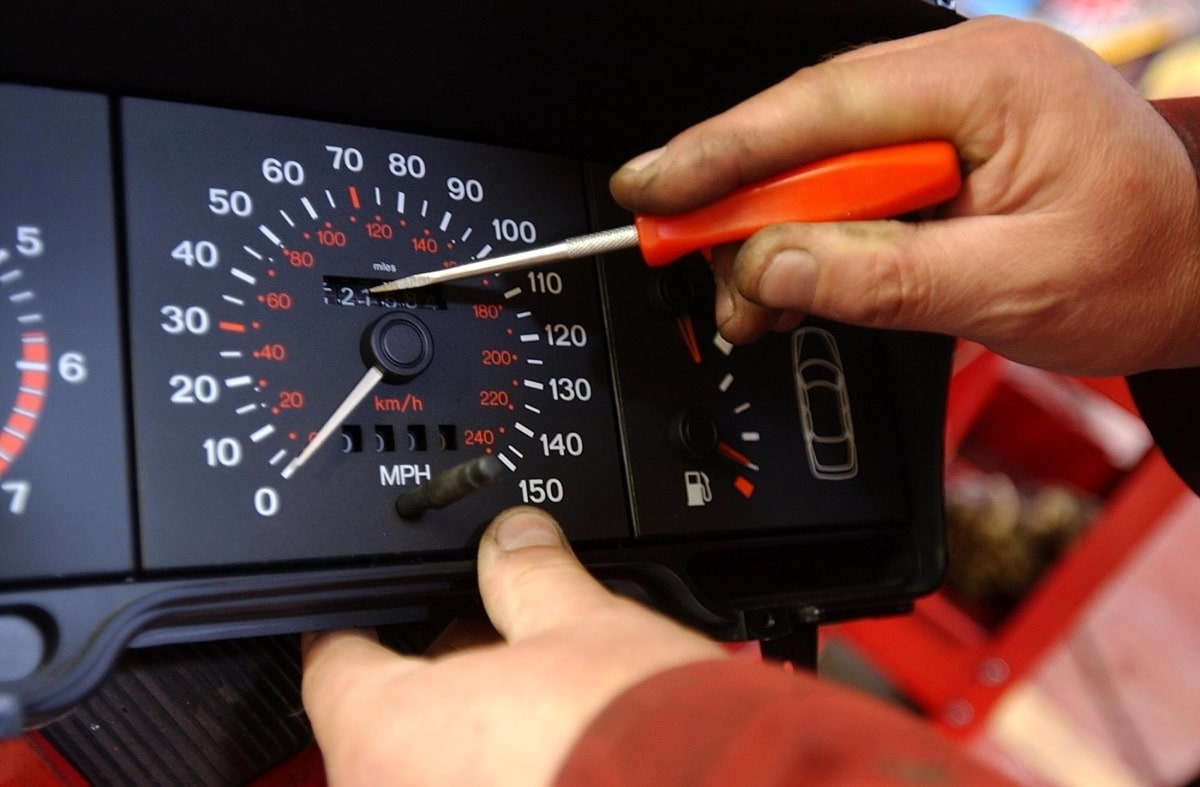
Scammers use cheap devices or software to dial back the mileage reading on the dashboard. They then advertise the car as “low mileage”, bump up the asking price and make it seem like a better deal than it actually is.
A clocked car isn’t just overpriced, though. Cars with higher mileage also hide wear and tear that affects safety, servicing needs and insurance premiums.
Car cloning is when a stolen vehicle is given the identity of a legitimate one, complete with fake plates, copied logbook details, and often a stolen or altered VIN (Vehicle Identification Number).
To the untrained eye, the car looks clean. It might even come with what appears to be genuine paperwork. But in reality, the vehicle’s true identity has been wiped and replaced with someone else’s.
You won’t know it’s stolen until it’s too late — usually when the police seize the vehicle or your DVLA registration is rejected. At that point, you’re out the car and the cash.
This one’s straightforward. The scammer lists a car, usually at a tempting price, and tells you there’s a lot of interest. To secure the vehicle, they ask for a deposit upfront, promising to hold it for you or deliver it for viewing.
But like many of the other car scams we’ve listed, there is no car here. Once the deposit’s sent, the seller vanishes and you’re out a few hundred to a few thousand pounds.
It’s a numbers game for them. Get a few people to send a few hundred quid each, and walk away with thousands.
Not all scams involve fake sellers. Some involve real cars with real problems that the seller tries to hide.
This could mean:
One of the most dangerous forms is presenting a fake or forged MOT certificate to make the car seem roadworthy when it isn’t. It’s illegal to drive without a valid MOT, so this’ll end you up in serious trouble.
If a seller starts dodging questions, applying pressure or asking for odd payment methods, just stop replying and don’t hand over any money. But if you’ve already paid and suspect you’ve been scammed, act fast. Every minute counts.
The best way to avoid car buying scams is to shop smart and stick to platforms that put buyer safety first.
Let’s take a look at some of the safer alternatives that reduce your risk while still offering good deals on used vehicles.

If you're a verified motor trader, Trader.co.uk is a secure, trade-only marketplace. It’s application-based, so every buyer and seller is vetted before joining. That means no random private listings, no fake profiles and far fewer scams. It’s built for professionals who want to buy and sell confidently.

AutoTrader remains one of the most trusted platforms in the UK. They offer detailed vehicle history checks, verified seller badges and secure messaging. Most listings are from dealerships, but they also vet private sellers more rigorously than social media platforms.
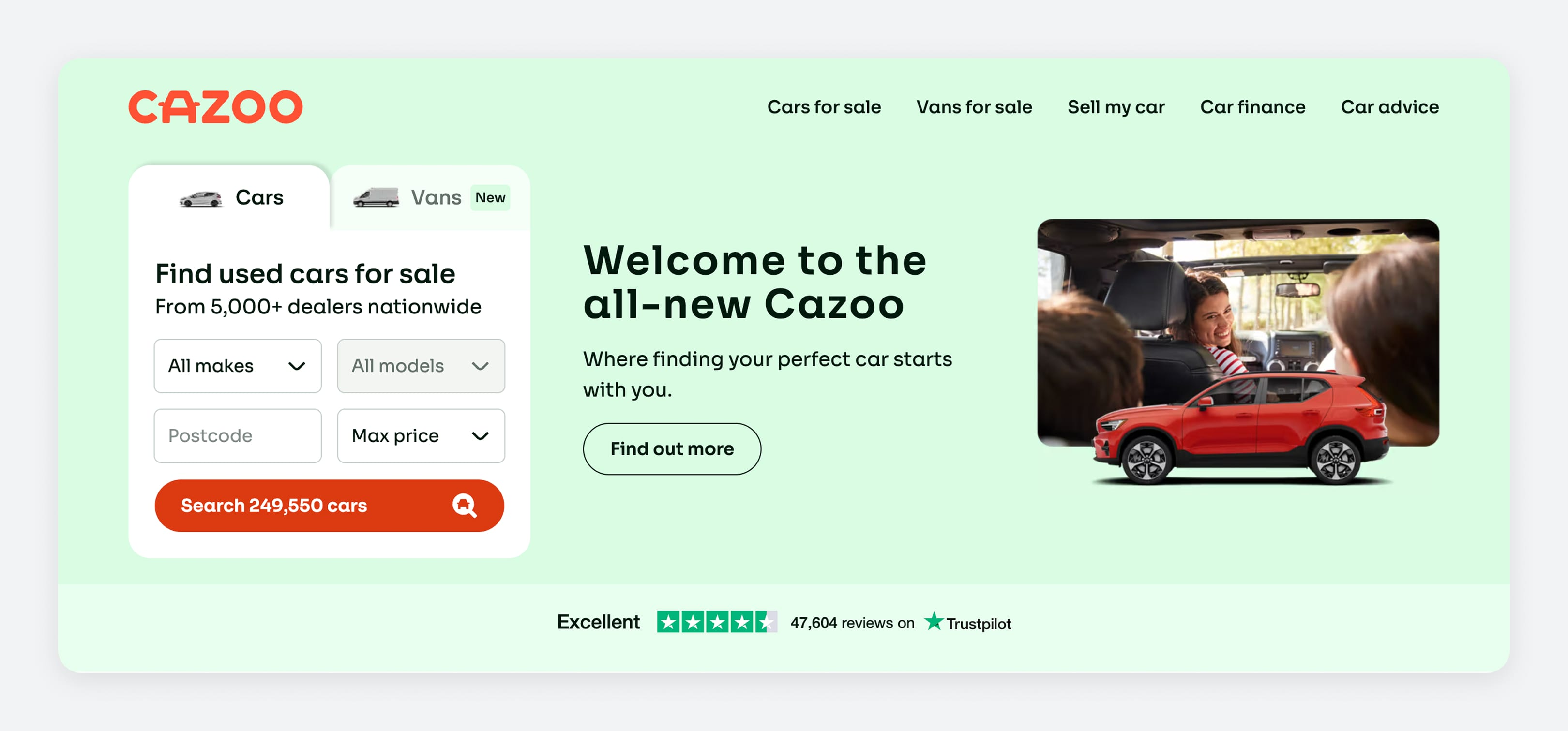
Cazoo and Cinch are online car supermarkets that offer a no-hassle, fully online buying experience with delivery and returns included. All cars go through quality checks and come with a warranty. You’ll pay a bit more, but you’re getting peace of mind and professional accountability.
Old school still works. Trusted local dealerships are often members of motor trade bodies (like the Retail Motor Industry Federation) and must meet industry standards. Many also offer part-exchange, servicing and warranties.
Both the AA and RAC have networks of approved dealers that meet specific quality standards. You’ll often get independent vehicle inspections, breakdown cover and buyer protection as part of the deal.
You get the point by now. The best options are licensed dealers and online marketplaces with additional filters that weed out the scammers.
That said, if you’re buying from a private seller, an independent pre-purchase inspection is worth every penny. It’ll help you uncover hidden faults and accident history, verify the car’s mileage and avoid overpaying for a bad car.
Now that we’ve gone over the scams you need to watch out for, here’s a quick checklist of everything you need to do before buying a used car:
| What to check: | Why it matters: |
|---|---|
| Full MOT history (GOV.UK check) | Spot mileage inconsistencies, repeat failures or advisories that magically vanished. |
| Vehicle history check (HPI, Total Car Check, etc.) | Flags write-offs, stolen vehicles, mileage discrepancies, outstanding finance and previous plate changes. |
| VIN matches across car and logbook | A mismatched or tampered VIN is a major red flag for cloning or stolen vehicles. |
| V5C (logbook) is genuine | Real V5Cs have a DVL watermark and should match the car’s registration and VIN. No V5C = no sale. |
| Seller’s ID and address | Confirm they match the V5C. Never buy from a seller who won’t let you view the car at their home or business address. |
| Website age (via who.is or scamadviser.com) | If a seller’s “company site” is only a few months old, it might be fake, even if the design looks slick. |
| Site content and design | Lack of blog content, poor grammar, stock images or missing contact info are signs of a rushed scam site. |
| Phone numbers & email legitimacy | Google them. Scam contact info often shows up in fraud forums or complaint sites. |
| Social proof and business reviews | Real sellers have Google reviews, social media and Trustpilot ratings. Silence or generic 5-stars = suspicious. |
| Test drive the car | Essential to assess condition, comfort and check for hidden mechanical faults. |
| Pre-purchase inspection (ideally by a mechanic) | Prevents you from buying a polished-up lemon. Catches hidden damage and deferred maintenance. |
| Check dashboard lights during ignition | All warning lights should flash on, then off. If they don’t appear, they may have been tampered with. |
| Proof of servicing and repairs | A full service history adds credibility. Missing history can mean hidden issues or mileage tampering. |
| Ask about previous owners | Frequent ownership changes suggest trouble with the car. |
| Avoid gift cards, crypto or “Friends & Family” pay | These methods offer zero protection. Always use secure, traceable payment methods. |
| Walk away from urgency tactics | Phrases like “others are interested” and “need it gone today” are classic manipulation techniques. |
| Get everything in writing | Confirm the agreed price, condition and sale terms via email or text. Verbal promises disappear quickly. |
| Beware of delivery-only deals | “We’ll ship it to you” is code for “this car doesn’t exist”. |
| Meet in a safe, public location (or seller’s address) | Scam artists often avoid meeting in traceable locations. Public places or home addresses add accountability. |
| Double-check for clone scams | If the price is way below market value and the seller won’t show the car in person, assume it’s cloned or fake. |
The safest options for buying a used car in the UK are bank transfer (Faster Payments or CHAPS), cashier’s cheques, and escrow or platform-guaranteed payments (e.g., Cazoo, Cinch).
Bank transfers are secure and traceable. Just make sure you’re sending money only after you’ve seen the vehicle in person, verified the seller’s identity, and are ready to complete the deal. Once the transfer goes through, ownership should change hands immediately.
This is a cheque issued by your bank and guaranteed by their funds, not yours, so the seller knows it won’t bounce. It’s safer than personal cheques but still requires verification.
If you're buying through a trusted company that offers payment protection, escrow or a money-back guarantee, that’s the only scenario where it's safe to pay before seeing the car. These platforms hold your money until the car is delivered and inspected.
If you want to be sure an eBay car ad is legit, there are five steps you need to follow:
The ten most common warning signs that a car ad is a scam are:
With scammers getting smarter, you can’t afford to let your guard down. The golden rule is something feels off, it probably is. Trust your instincts, take your time and don’t let anyone rush you into a deal.
Stick to reputable platforms, do thorough checks and never pay a penny before you’ve seen the car and verified the seller. With the right prep and a sharp eye, you can avoid the traps and drive away with confidence.

